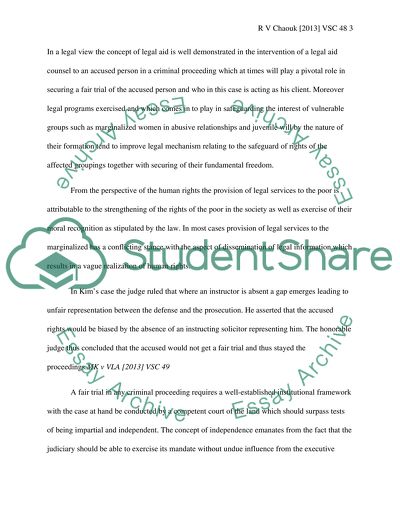Cite this document
(“Case Analysis: R v Chaouk [2013] VSC 48 Article”, n.d.)
Retrieved from https://studentshare.org/law/1481855-case-analysis-r-v-chaouk
Retrieved from https://studentshare.org/law/1481855-case-analysis-r-v-chaouk
(Case Analysis: R V Chaouk [2013] VSC 48 Article)
https://studentshare.org/law/1481855-case-analysis-r-v-chaouk.
https://studentshare.org/law/1481855-case-analysis-r-v-chaouk.
“Case Analysis: R V Chaouk [2013] VSC 48 Article”, n.d. https://studentshare.org/law/1481855-case-analysis-r-v-chaouk.


